Last year was a fruitful one for China's expertise in building railway networks, which gained wider recognition from the international community.
In April, passenger service began on the China-Laos Railway. As of Dec 5, the cross-border link had handled more than 100,000 trips by travelers from over 70 countries.
In October, the high-profile Jakarta-Bandung High-Speed Railway commenced operation in Indonesia — the first such line in Southeast Asia. The project was the first overseas venture to rely wholly on Chinese railway systems, technology and components.
Seven months earlier, the Chinese-built Belgrade-Novi Sad section of the Serbia-Hungary Railway marked the first anniversary of its operation. Nearly 3 million passenger trips were made on the line in its first year.
Ju Guojiang, president of China Railway International, a subsidiary of China State Railway Group, which supervises overseas railway projects, said, "The biggest advantage of Chinese rail going global is that we have a comprehensive system that includes all the elements needed and the entire industry chain."
"This means that China can offer a comprehensive plan, including surveying, designing and construction, as well as providing all supplies and materials. We can also offer operating plans following the opening of a railway," Ju added.
For example, when there was a shortage of a particular type of material before the Jakarta-Bandung High-Speed Railway opened, an urgent shipment from China solved the problem, Ju said.
"If a similar problem occurred in Europe, it may take six months to a year to tackle it. Thanks to China's strong industrial capability to solve comprehensive problems, we can resolve such difficulties in just one month," he added.
China State Railway Group said the nation's rail sector has strengthened international cooperation by insisting on adhering to the principles of maintaining high standards and sustainability while benefiting the people. The sector also focuses on assisting the Belt and Road Initiative and sharing the experiences of railway construction and operation globally.
Travel time cut
The 142-kilometer Jakarta-Bandung High-Speed Railway, which has a designated maximum speed of 350 kilometers per hour, cut travel time between the Indonesian capital and the popular tourist destination from 3 hours 30 minutes to 40 minutes.
As of Dec 24, the railway had handled more than 1 million passenger trips.
The rapidly growing passenger flow prompted PT Kereta Cepat Indonesia-China, or PT KCIC, a joint venture consortium between Indonesian and Chinese companies that constructs and operates the railway, to increase services to 48 trips a day, up from just 14 previously.
Inspired by the sound of a fast-moving train, Indonesians named the bullet train "Whoosh".
Indonesian President Joko Widodo officially opened the railway on Oct 2, after taking a test ride on it with several top Indonesian officials the previous month. Services began commercial operation on Oct 17.
Widodo said the construction of the bullet train marked Indonesia's modernization, adding that it also showed the nation could operate an efficient, eco-friendly public transportation system.
Dwiyana Slamet Riyadi, president of PT KCIC, said he hopes the railway can bring a new and efficient lifestyle to Indonesia.
Among the first passengers to use the service was Ahmad, who like many Indonesians has only one given name. He described the train as "very comfortable, stable, clean and luxurious".
"I was really amazed by how quickly we arrived in Bandung. I didn't have any time to sleep, as the trip is so short," he said, adding that the train is also child-friendly.
Since mid-October, working groups from China and Indonesia have called for high-quality operation of the high-speed railway by catering to passengers' needs. These efforts include promoting online ticket sales, improving boarding and arrival services, and integrating other transit systems with the railway.
Restaurants and convenience stores have opened at three stations along the line, and food and drinks are also available on the train.
Ju, from China Railway International, said: "Judging from current feedback, the opening of the Jakarta-Bandung High-Speed Railway has had a significant global influence. We have gained a very good reputation in Europe, Southeast Asia, and Southern Asia, and also in countries with advanced high-speed railway technologies, such as Japan, France and Germany.
"After China, Indonesia is the second country in the world to have a high-speed railway running at a maximum speed of 350 kilometers per hour."








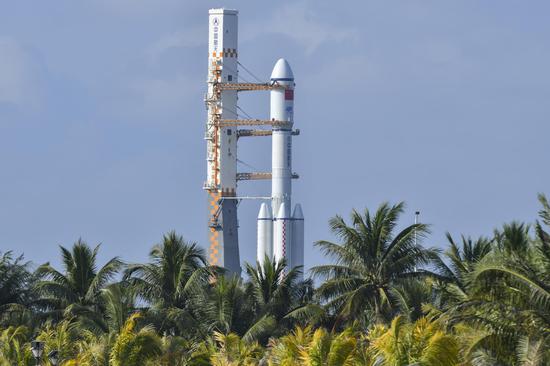





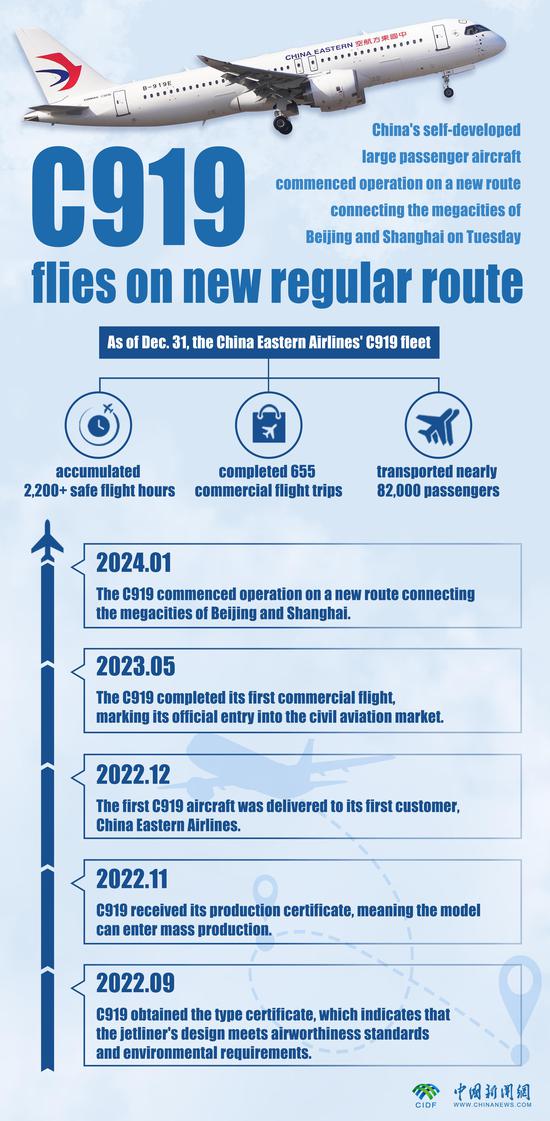




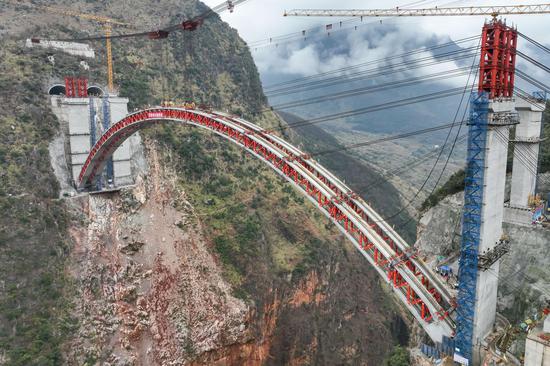

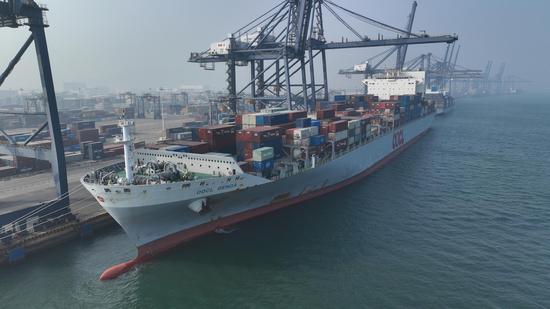


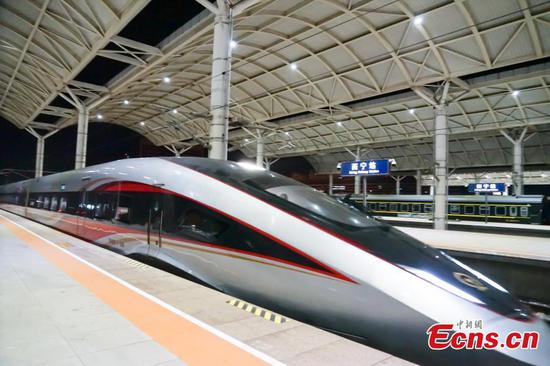



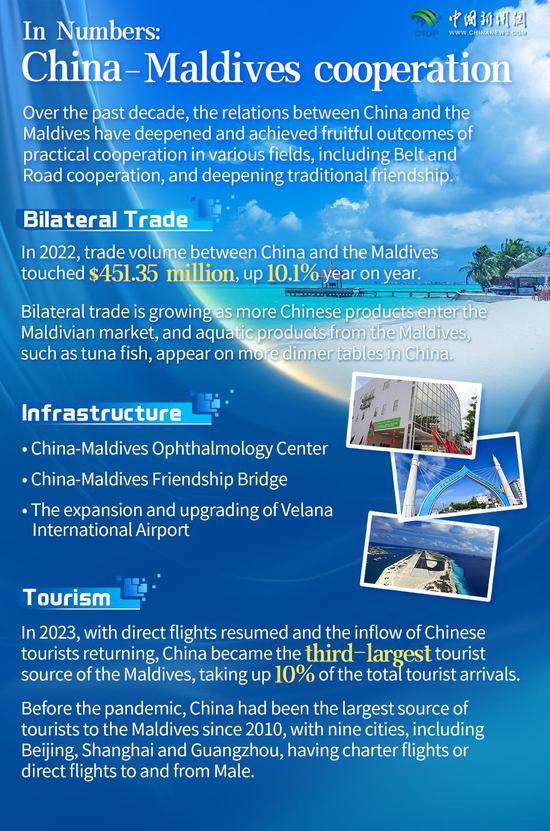
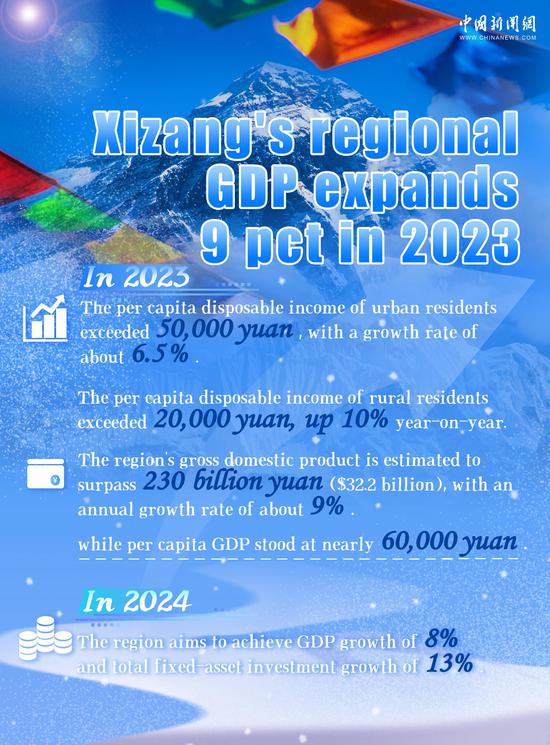

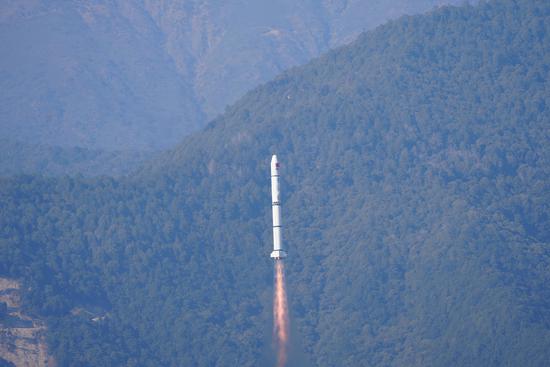
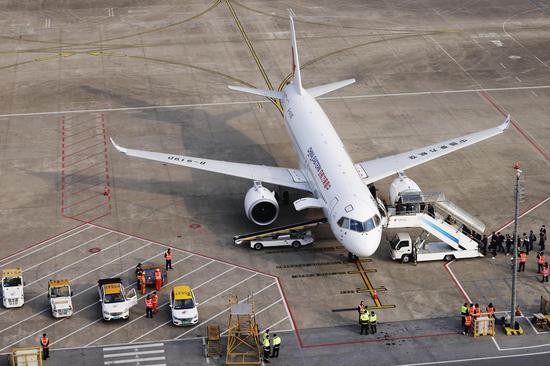
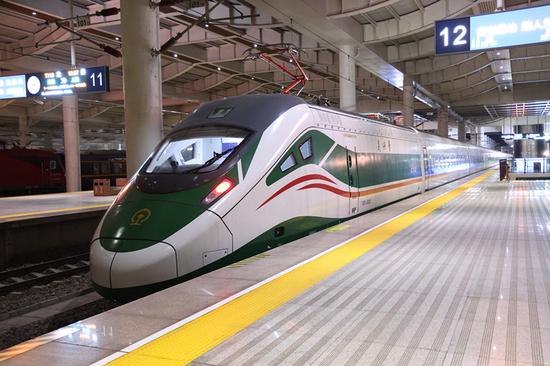

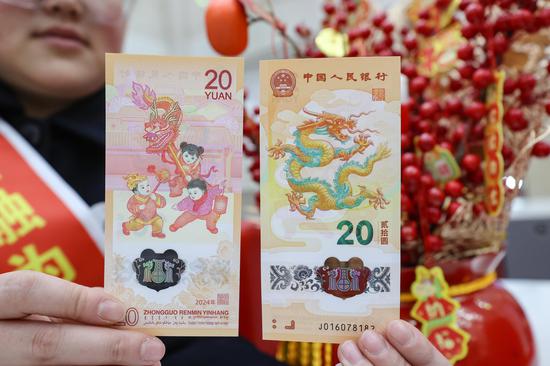
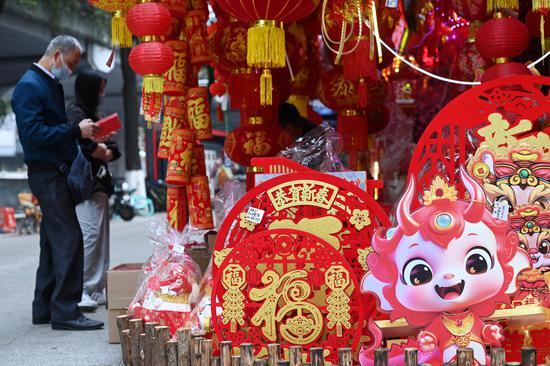




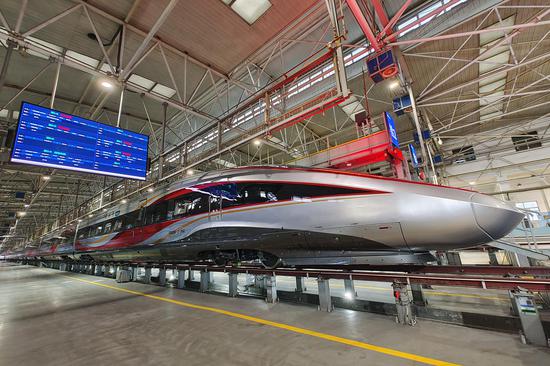








 京公网安备 11010202009201号
京公网安备 11010202009201号